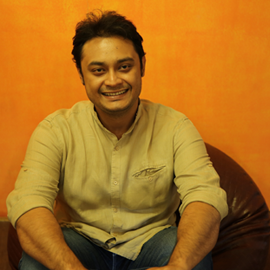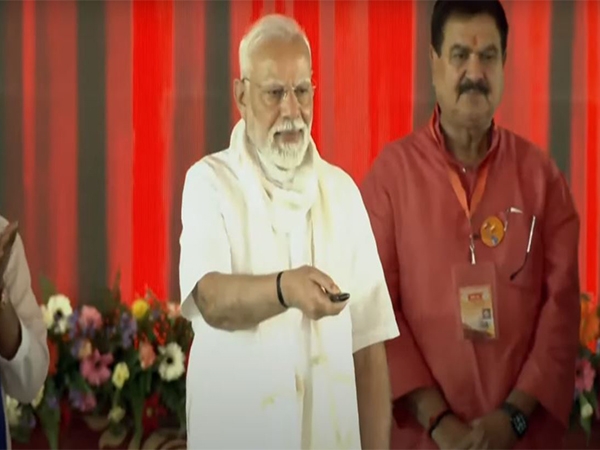Tax trouble: these numbers will tell you why Mamata is angry with Modi

After her cabinet decided to rename West Bengal, Chief Minister Mamata Banerjee's next step has been to rename centrally sponsored schemes. For example, the Pradhan Mantri Gram Sadak Yojana (Prime Minister's Rural Roads Scheme) will now be the Rajya Sadak Yojana (State Roads Scheme).
Her rationale is simple - if the state is also bearing the burden of funding these schemes, then why should they be named after the prim minister? Earlier, states only paid 10% of the cost of the programmes, but now they have to cough up 40%.
Also read - Narcissist Naidu? Chandrababu under fire for naming schemes after himself
The union government argument is that the states are getting more of a tax share (from 32% to 42%), as per recommendations of the Fourteenth Finance Commission (FFC) and thus, they have more resources at their disposal to spend it on social welfare programmes.
So how much did the states receive as central share since the recommendations? Here's the data based on parliamentary Q&A:
- The total amount of tax devolution in 2014-15 and 2015-16.
- The amount increased to Rs 23,983 crore in 2015-16, up from Rs 15,098 crore in 2014-15.
- "Total expenditure of a state depends upon several factors like central transfer (also called as central expenditure), state-owned resources, political environment of the states etc. Similarly, central transfer to a state depends upon conditions like availability of central resources, scheme guidelines, the state's readiness to implement the scheme and utilisation certificates of earlier releases etc," said Rao Inderjit Singh, minister of state for ministry of urban development and ministry of housing and urban poverty alleviation.
- The total amount of grants-in-aid during the above period.
- This grant goes to gram panchayats and municipal bodies.
- FFC has recommended a total grant of Rs 2,87,436 crore for the five-year period of 2015- 2020.
- However, this grant has decreased from Rs 3,465 crore in 2014-15 to Rs 3,387 crore in 2015-16.
- Total central assistance to state plans during the same period.
- Central assistance is based on a Gadgil-Mukherjee formula and was adopted from the fourth five-year plan and revised accordingly. NITI Aayog makes the allocation and then the ministry of finance releases the funds in 12 monthly instalments. This amount is given besides the share of central taxes.
- However, central assistance has also decreased from Rs 11,828 crore in 2014-15 to Rs 9,535 crore in 2015-16.
- Total per capita transfer (tax devolution + central assistance + grants) to Arunachal Pradesh by the union government in 2015-16.
- This is the highest transfer per capita by the centre as against all states.
- Arunachal is followed by Mizoram (Rs 37,322), Sikkim (Rs 37,322) and Nagaland (Rs 30,290).
Per capita transfer received by Haryana in 2015-16, also the lowest amount received by any states.
Haryana is followed by Maharashtra (Rs 3,351), Gujarat (Rs 3,415) and Punjab (Rs 3,694).
Central grants is skewed in favour of northeastern states, which are hilly terrains and untouched by development as against industrially and economically advanced states.
The total amount of money that the states have received from the union government in the last two years.
"Total expenditure of a State depends upon several factors like central transfer (also called as central expenditure), State own resources, political environment of the States etc. Similarly, central transfer to a State depends upon the conditions like availability of Central resources, scheme guidelines, State's readiness to implement the scheme, utilisation certificates of earlier releases etc", says the government.
More in Catch - Budget 2016: what does it hold for the social sector
Sure cure: how to tackle India's undernutrition crisis in 10 steps
First published: 23 August 2016, 8:39 IST





![BJP's Kapil Mishra recreates Shankar Mahadevan’s ‘Breathless’ song to highlight Delhi pollution [WATCH] BJP's Kapil Mishra recreates Shankar Mahadevan’s ‘Breathless’ song to highlight Delhi pollution [WATCH]](https://images.catchnews.com/upload/2022/11/03/kapil-mishra_240884_300x172.png)

![Anupam Kher shares pictures of his toned body on 67th birthday [MUST SEE] Anupam Kher shares pictures of his toned body on 67th birthday [MUST SEE]](https://images.catchnews.com/upload/2022/03/07/Anupam_kher_231145_300x172.jpg)






